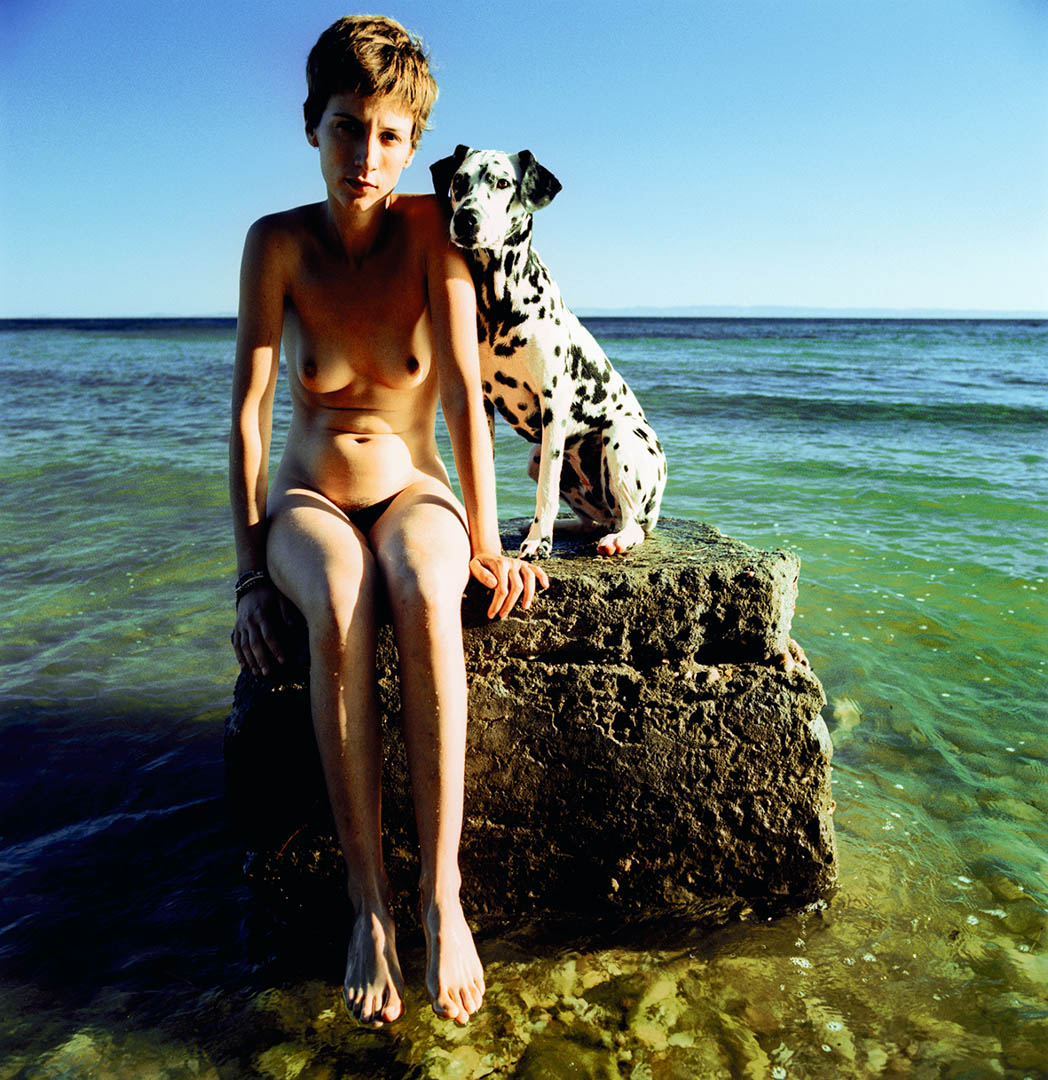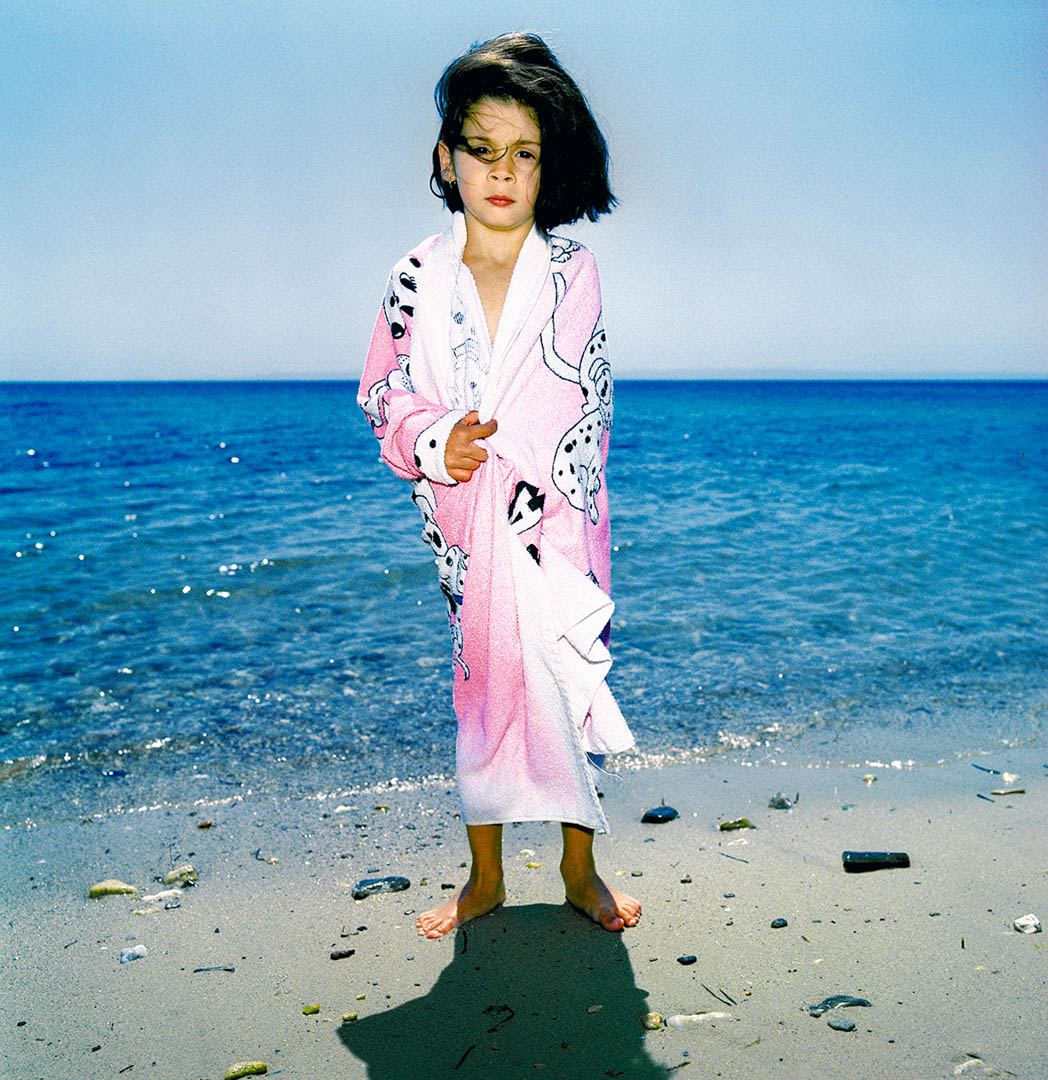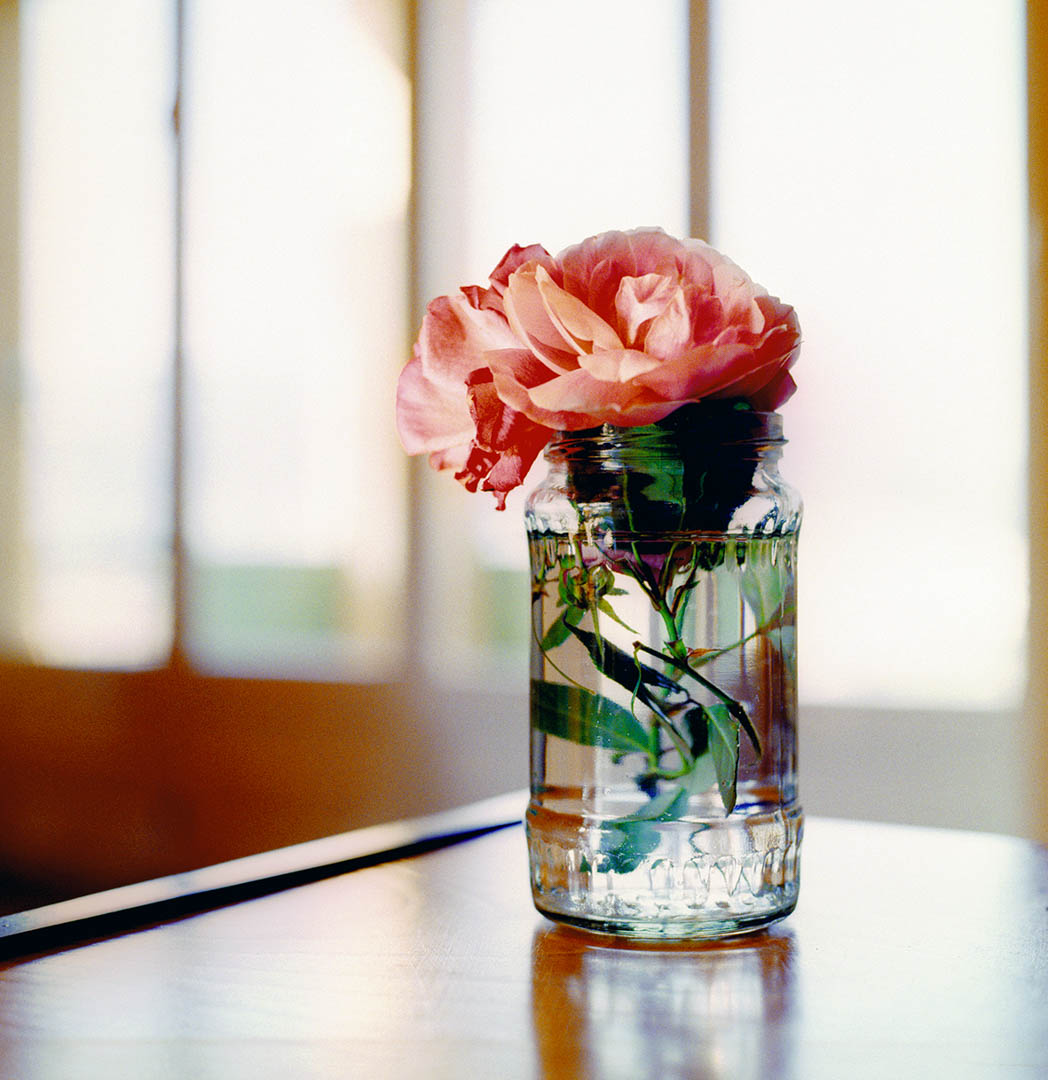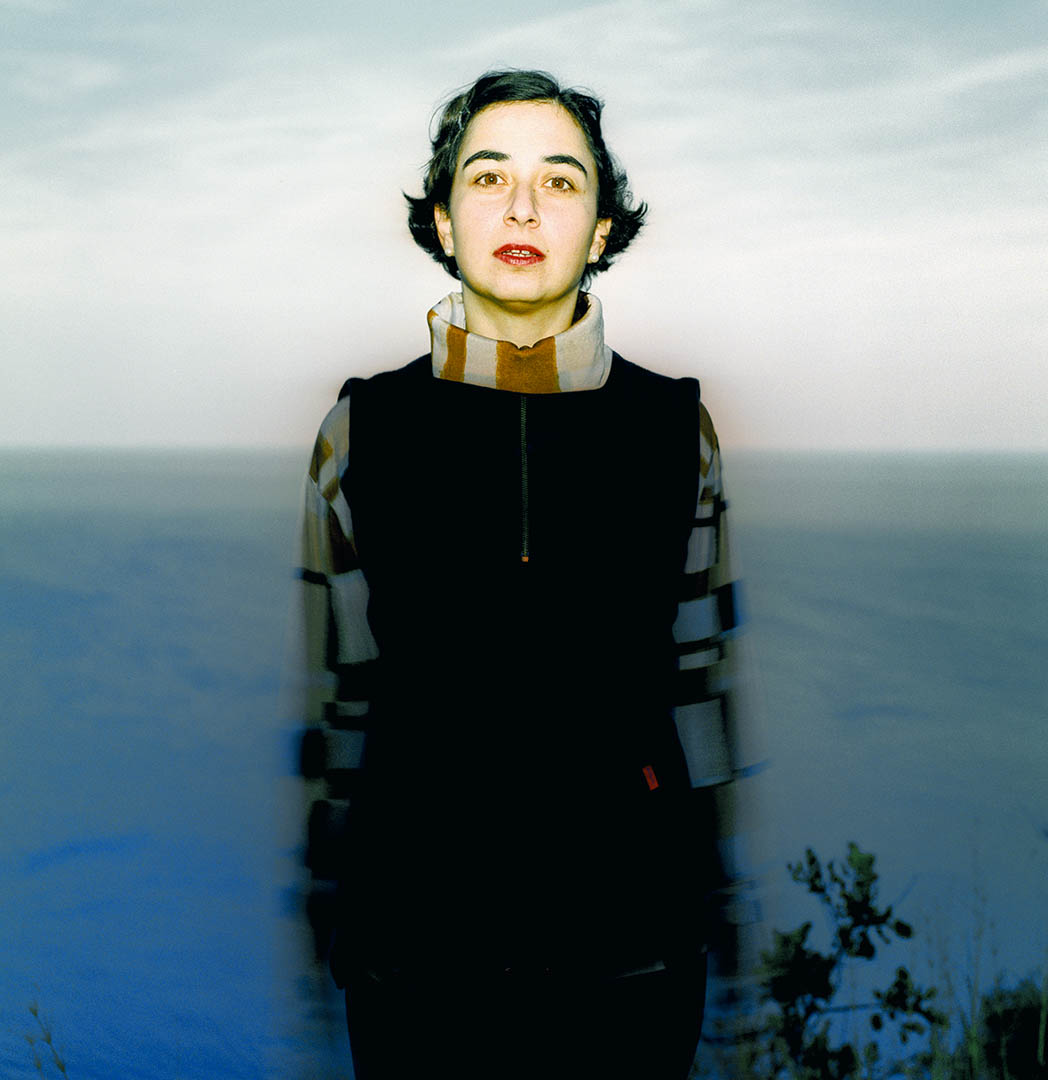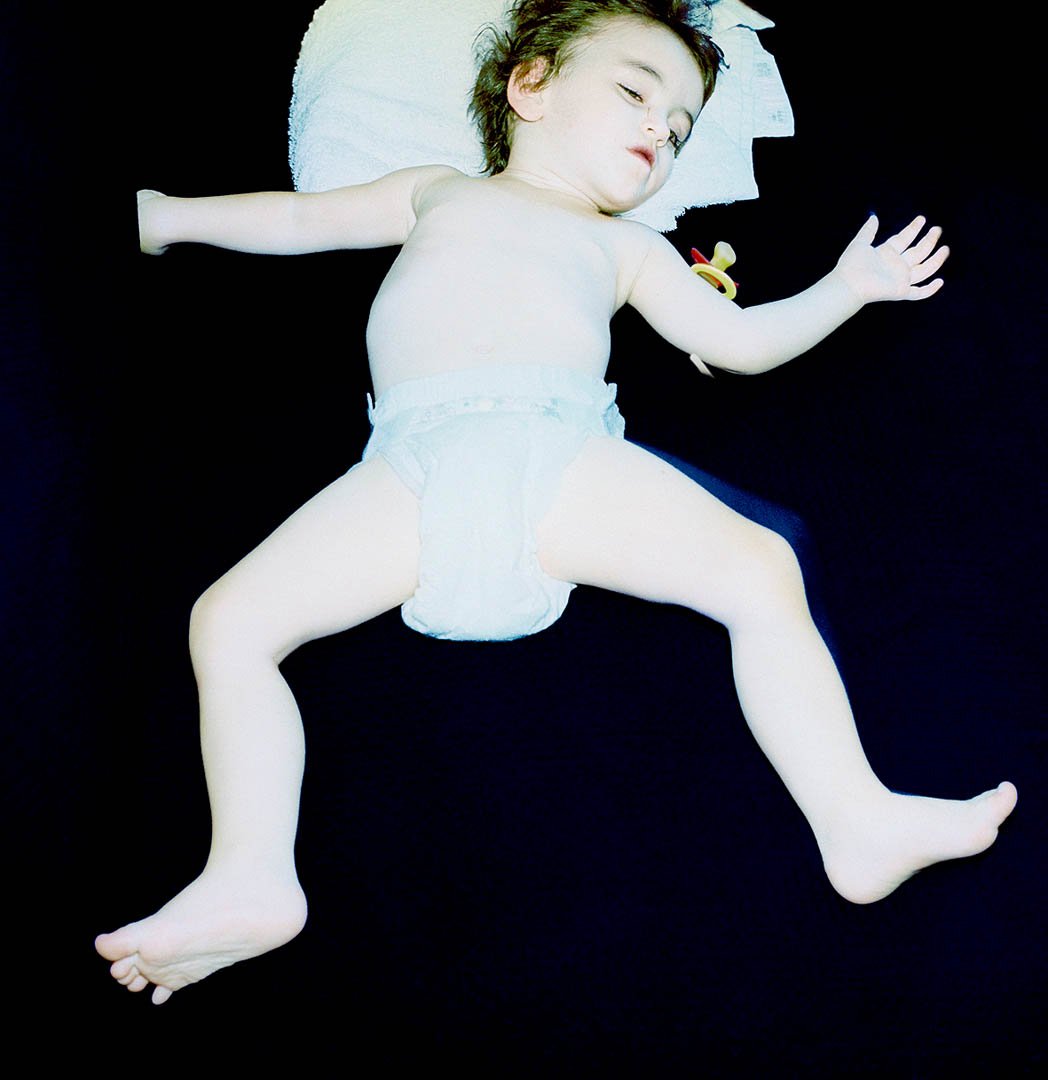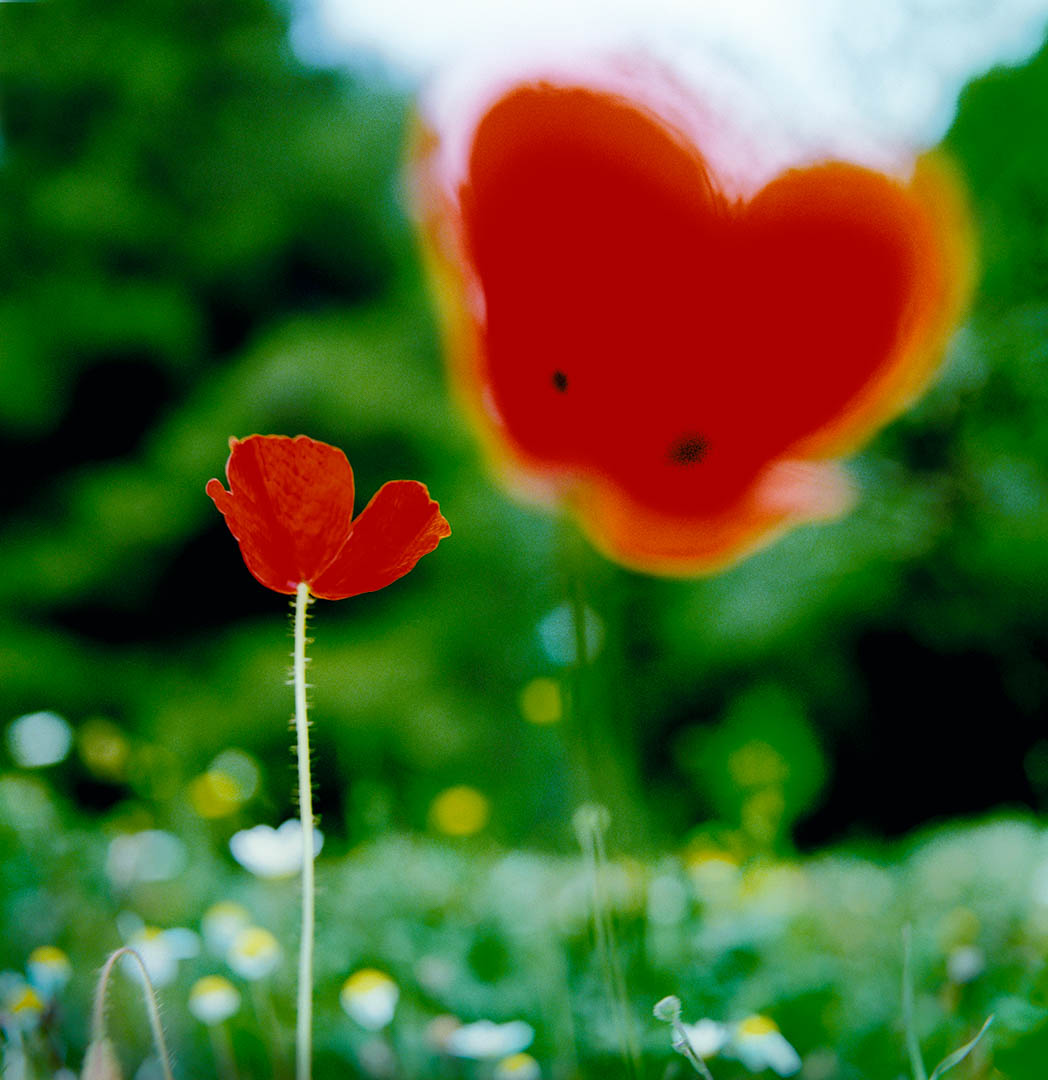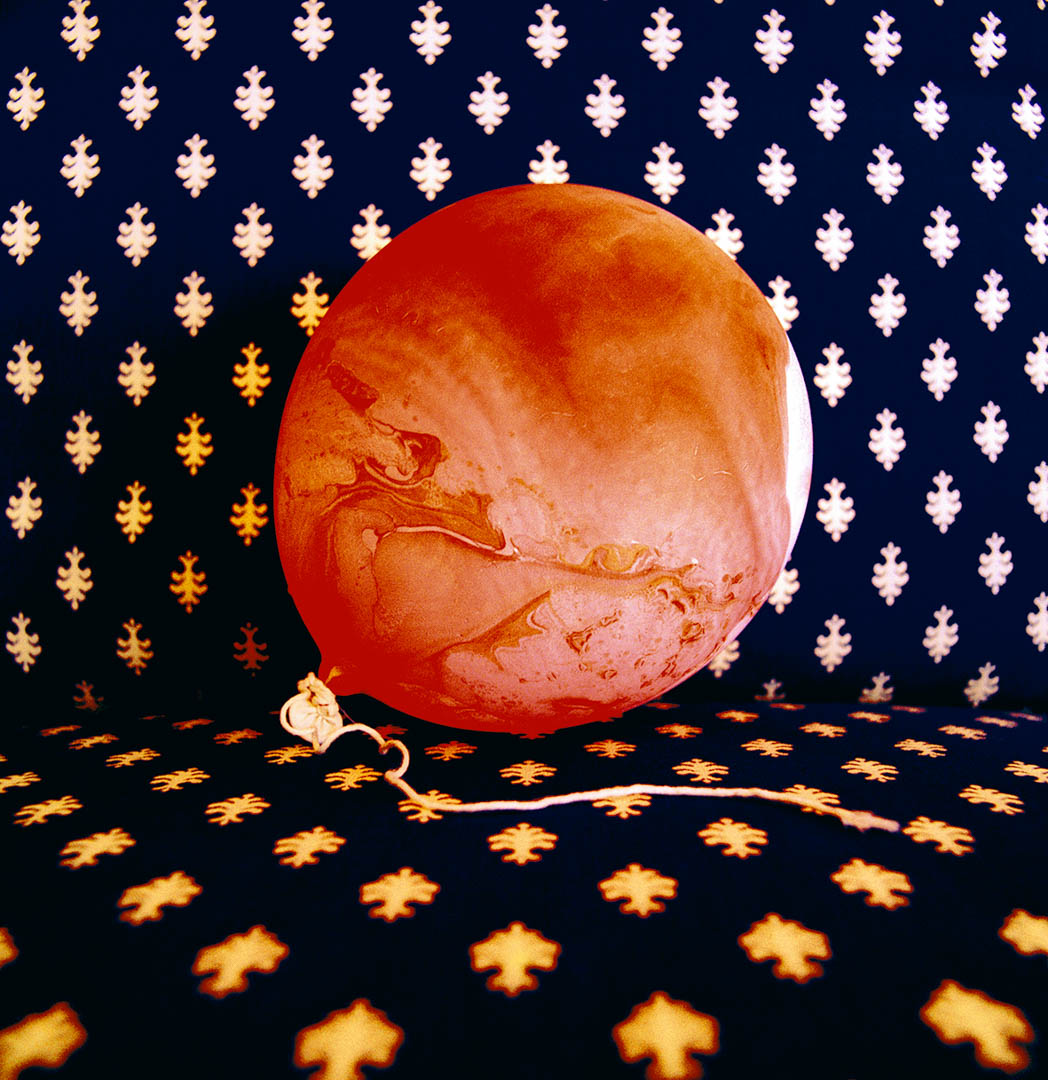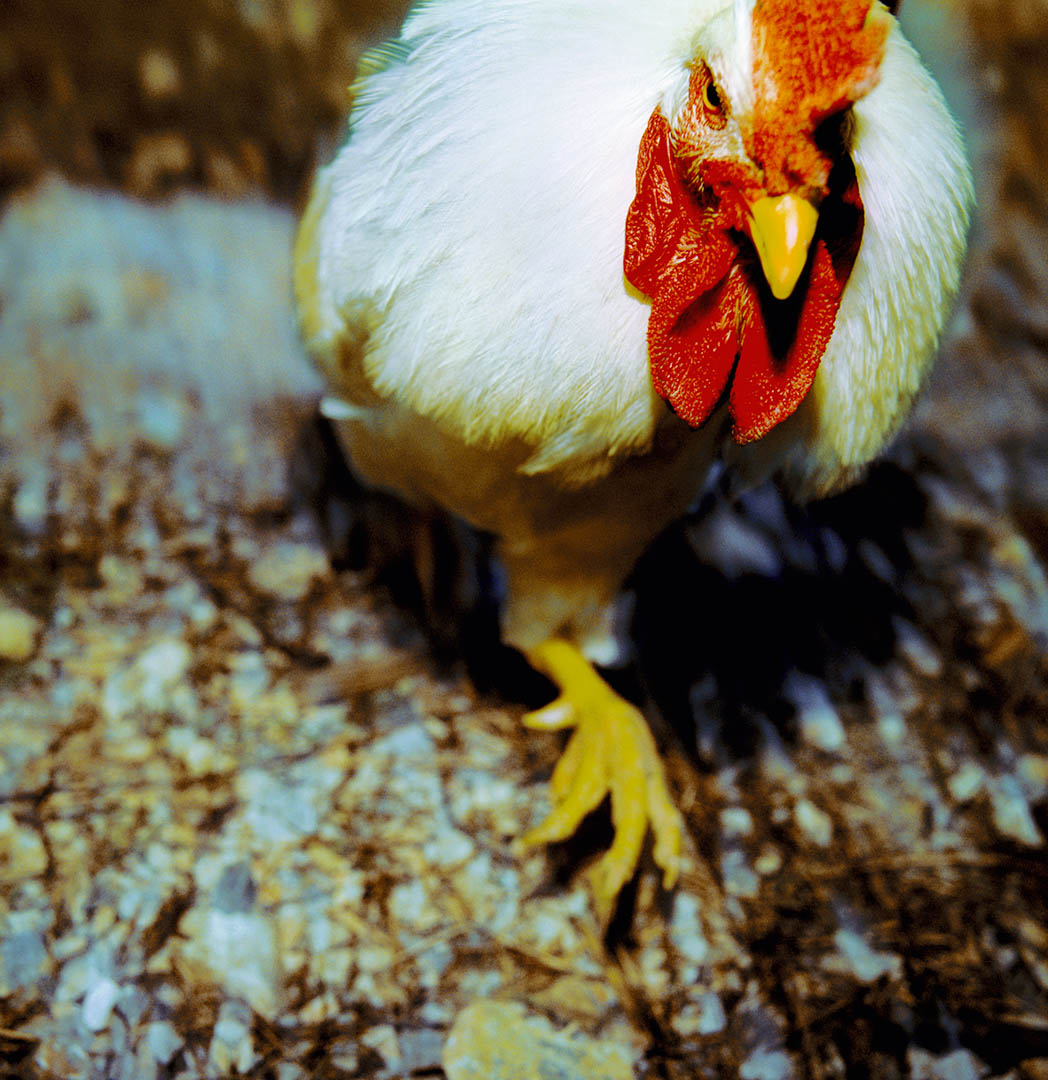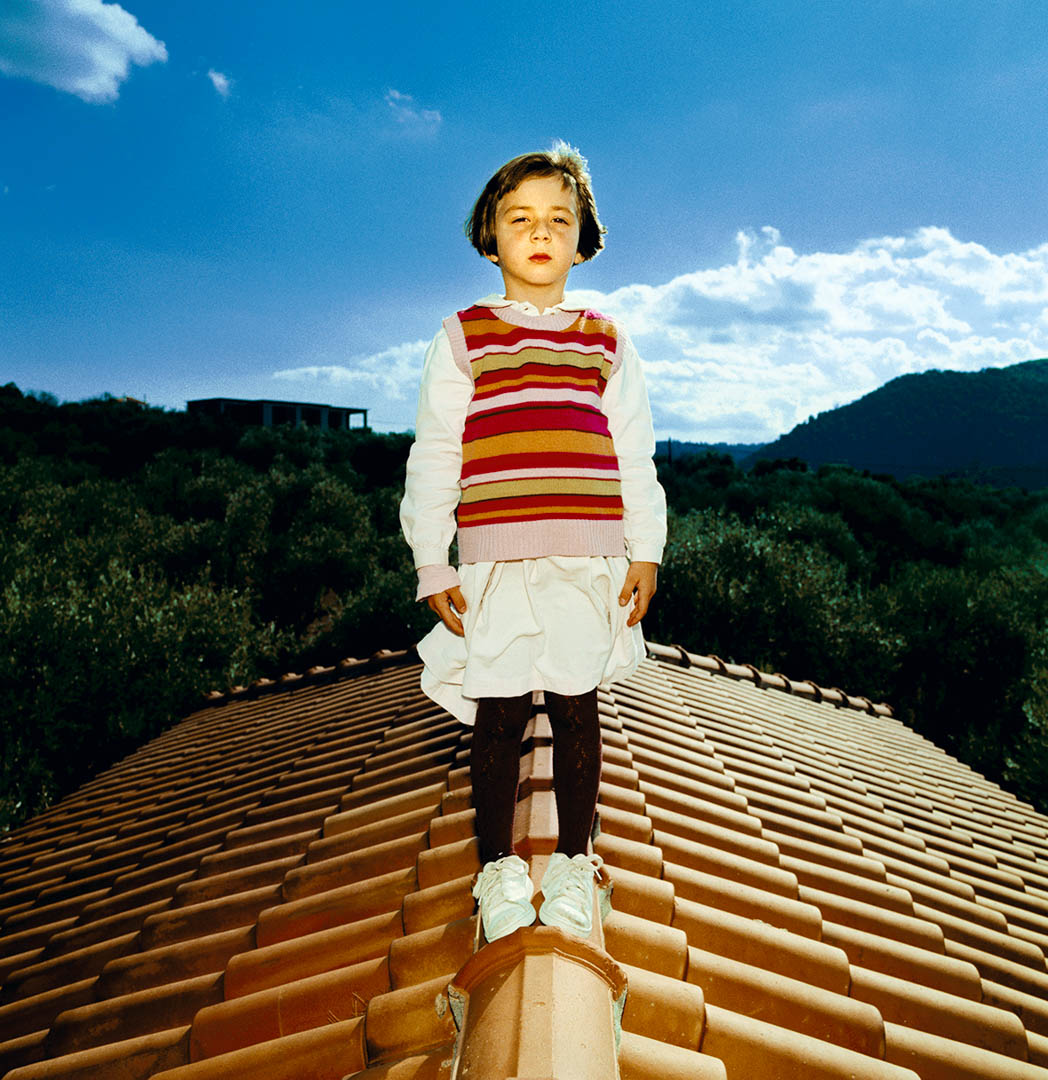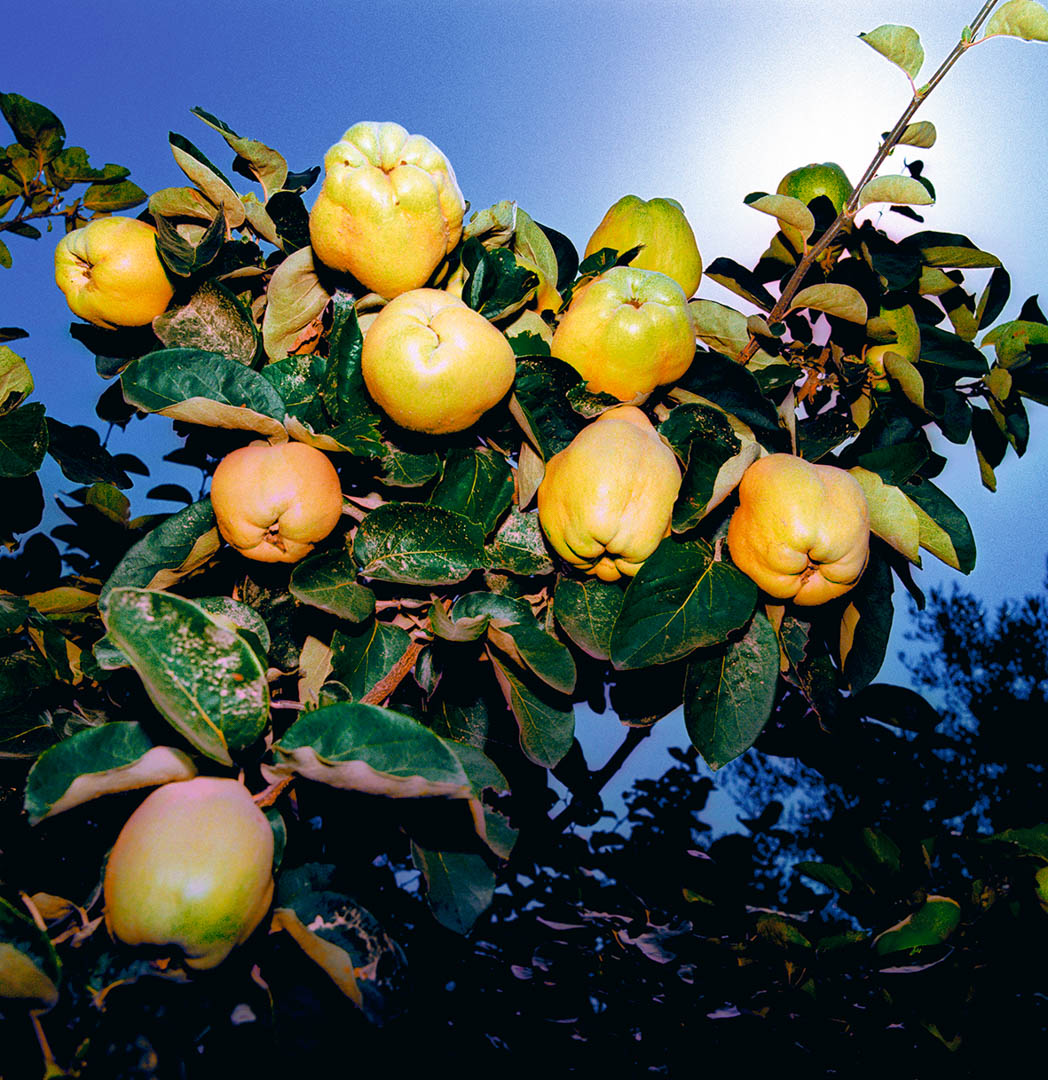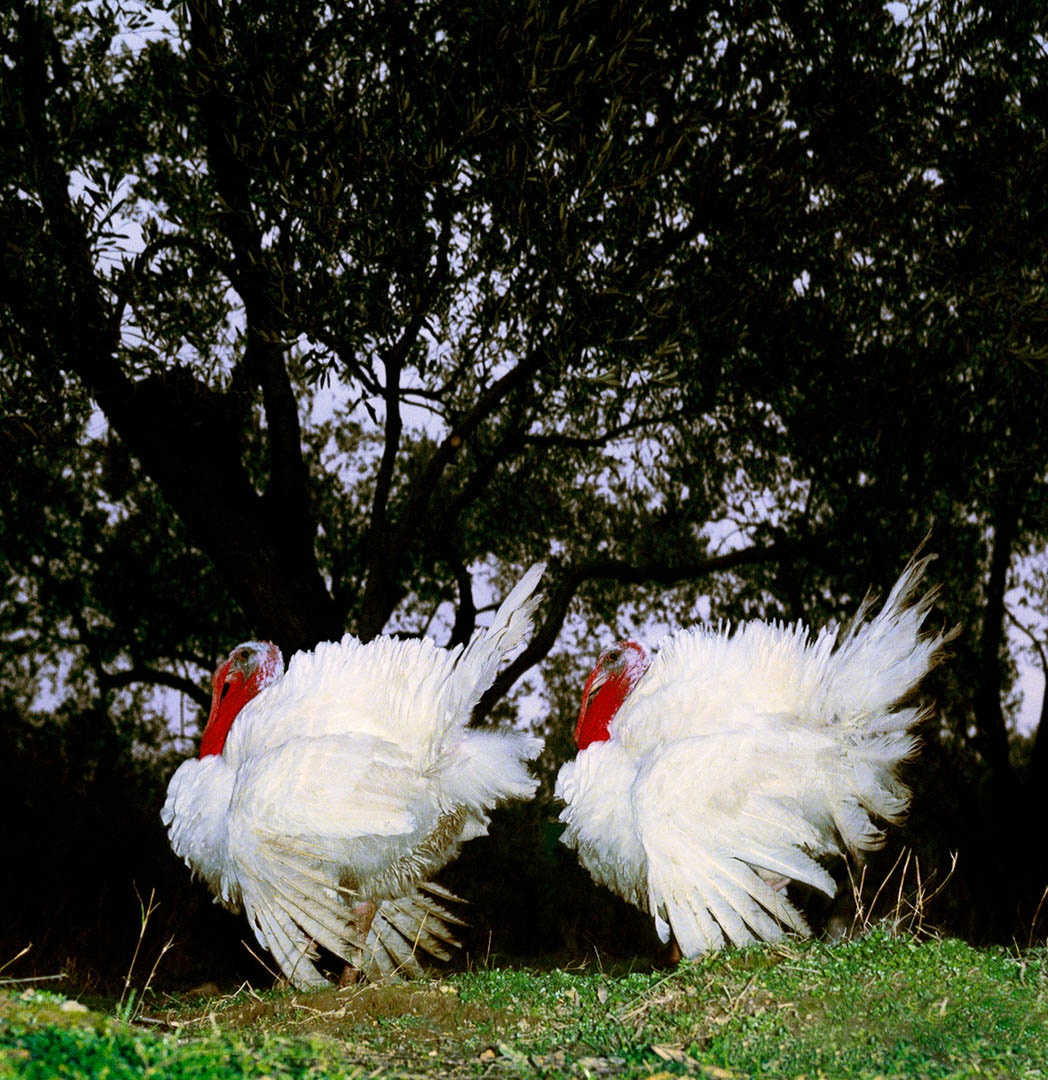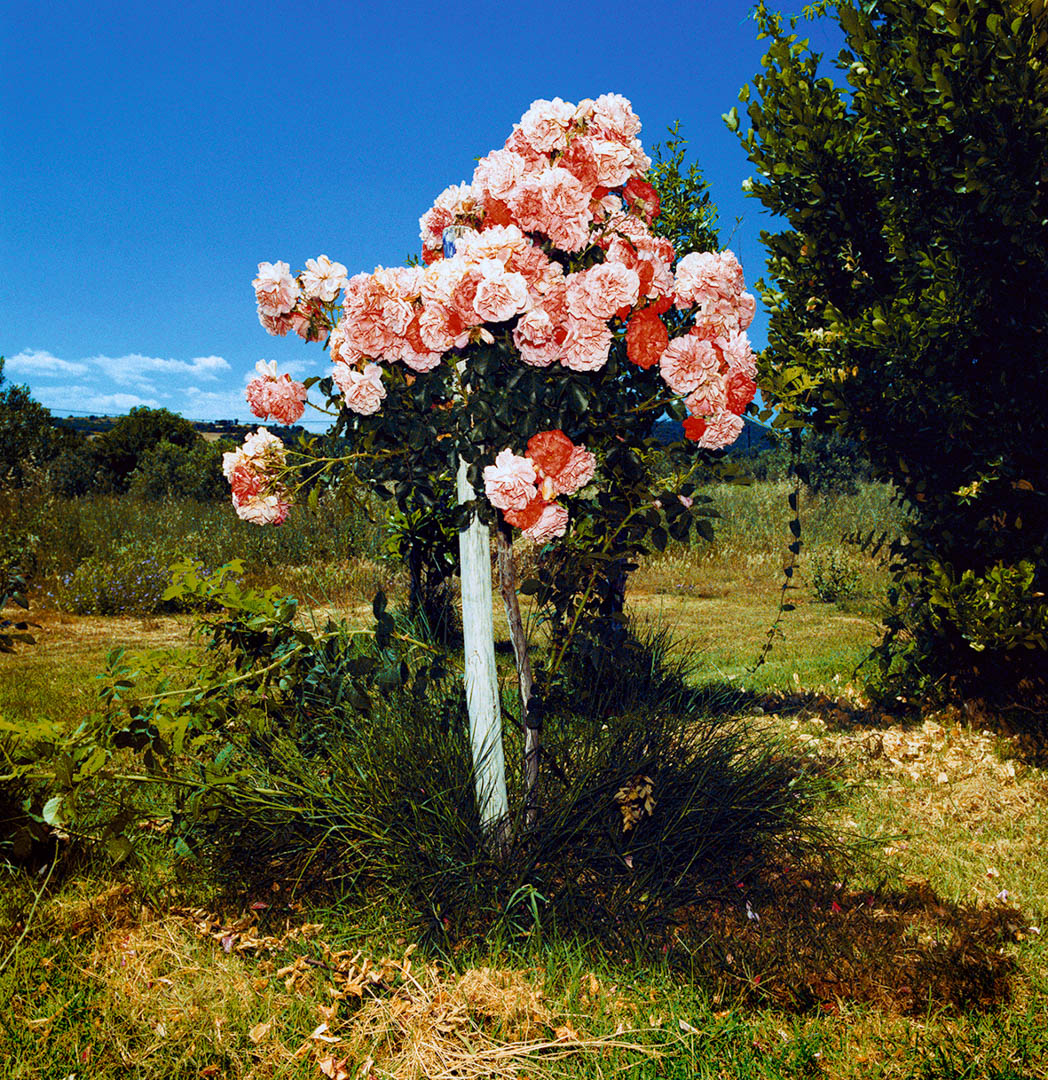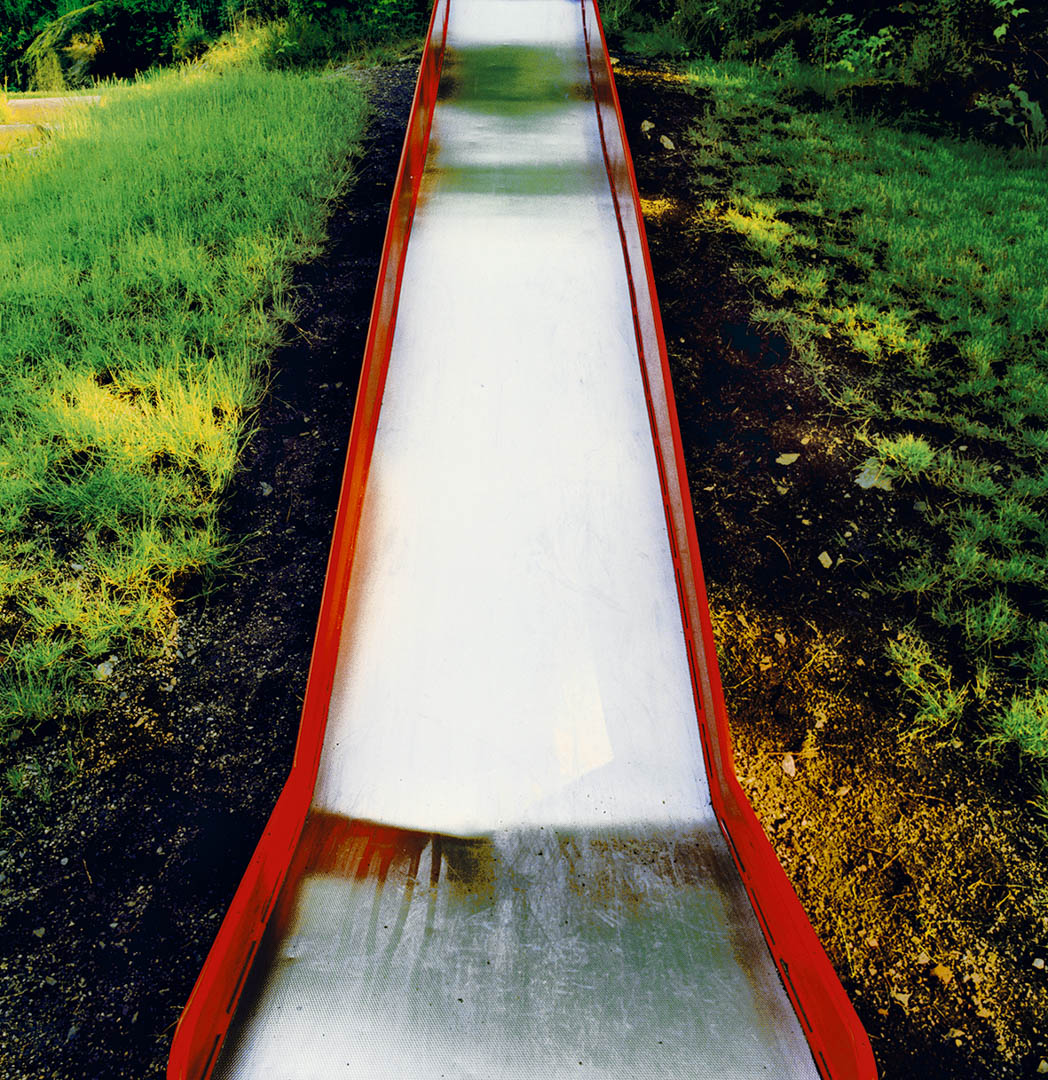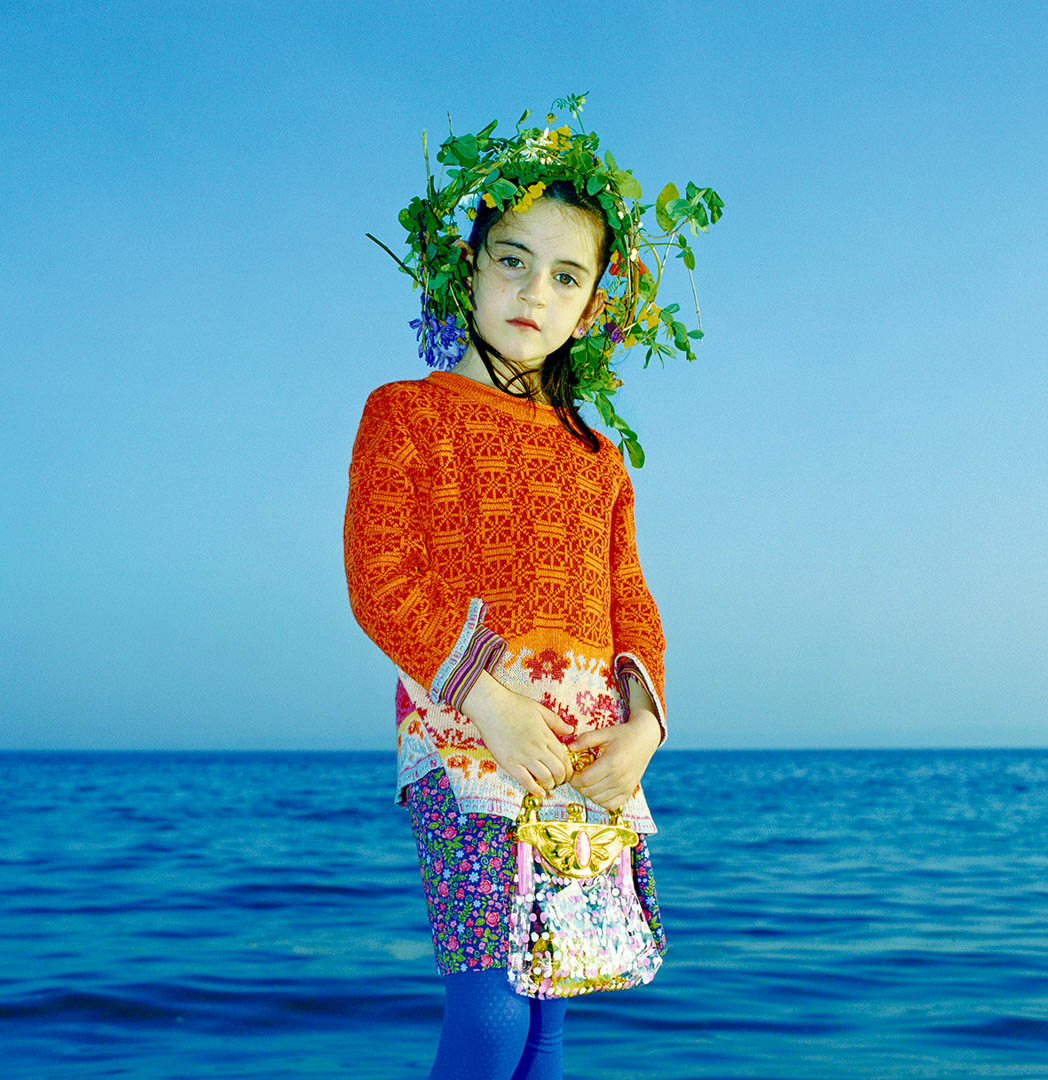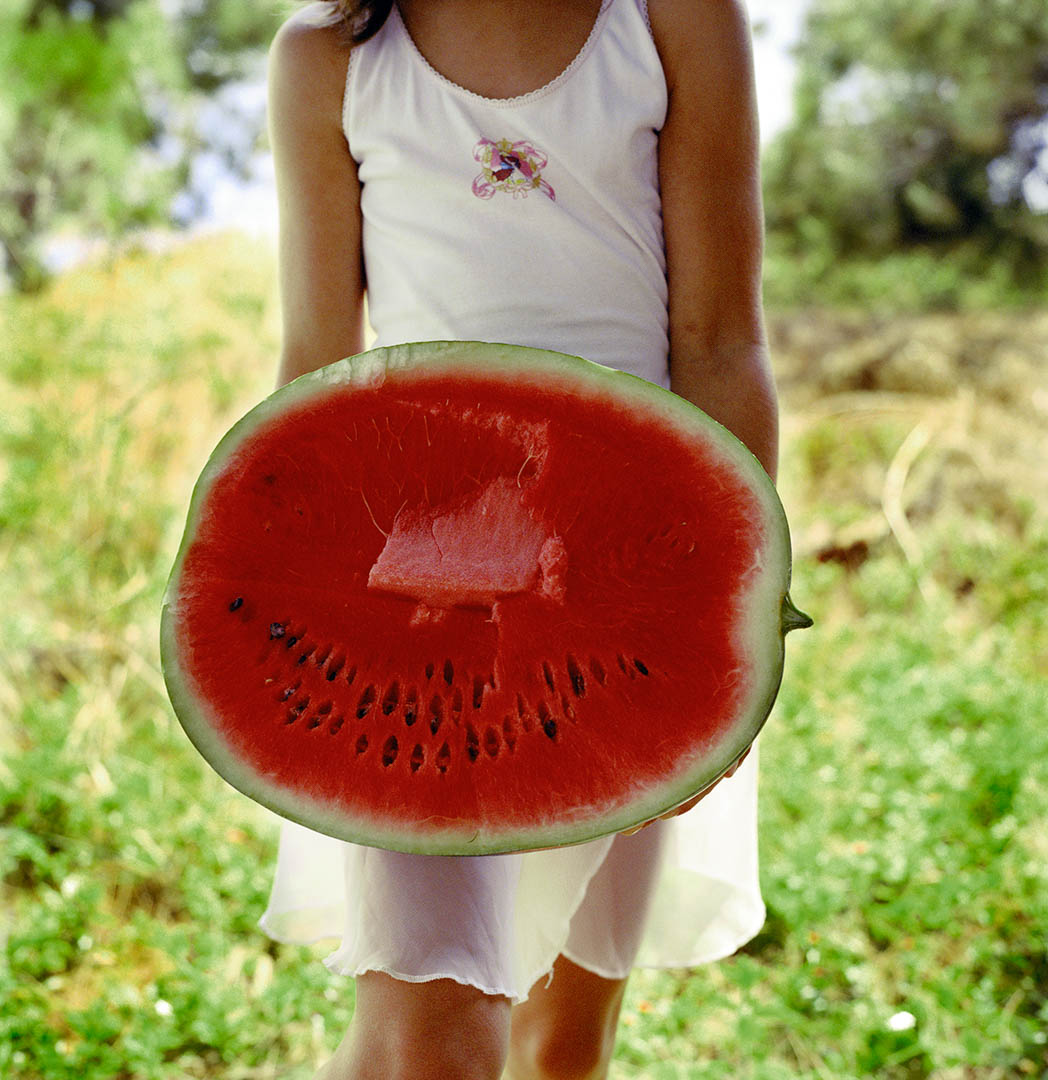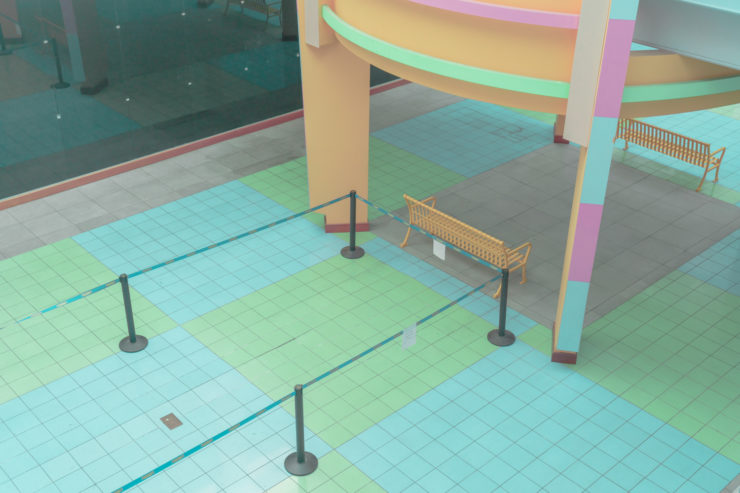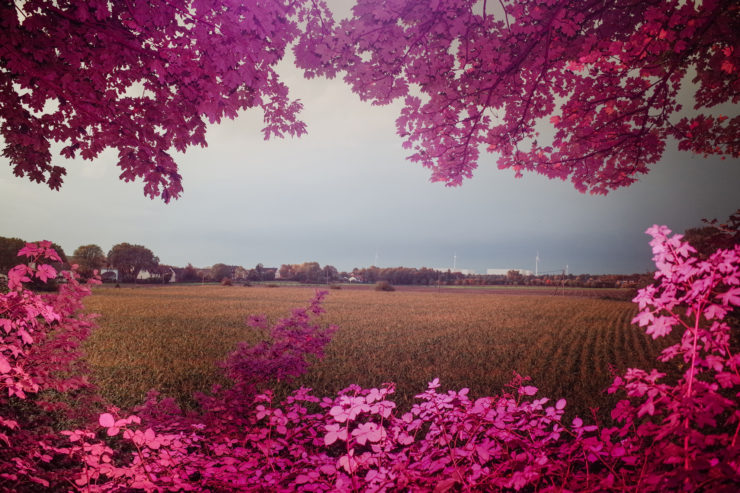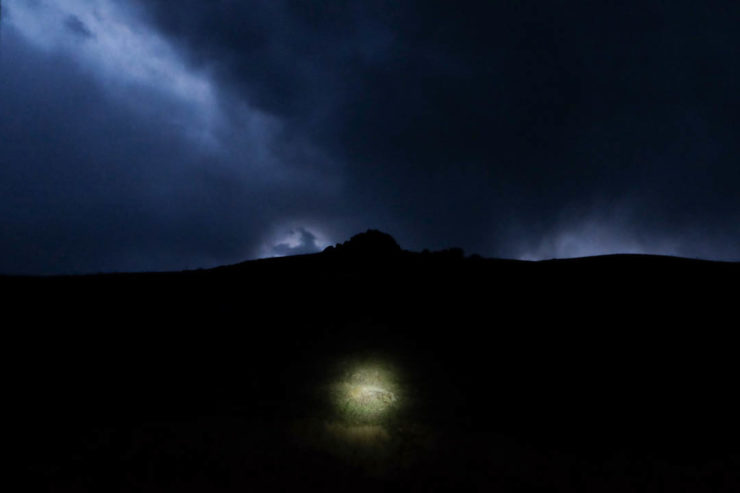Stratos Kalafatis's statement
To experience the world on an everyday basis is to experience a universe in colour; a fact which gave rise to a most superficial argument: that colour photography is more “real”, more “realistic”, more “direct”, more “believable” than the black and white process, which was ascribed a more abstract dimension.
Such a view of the stakes involved when using colour in photography stems from a primitive conception of photography as a process which is destined to “reproduce” the world identically and with the greatest possible fidelity. This was clearly the goal when the image argentique was invented, but photographers quickly realised—and this a long time before they could even imagine being able to reproduce in colour—that their images were the product of decisions they themselves took (on how to frame the shot, for example), their point of view, and the stance they adopt to the world they explore and process.
The very recent history of colour in photography has yet to be written, though everything at stake is writ clear for all to see. If one excludes autochromes and their exquisite pictorialism set with potato starch, it is quite clear that the practice of colour photography has developed in tandem with the printing techniques required to reproduce it. Over the years, this has proved a matter of utter indifference to reporters, who were satisfied with simply replacing their black and white film with colour and continued to frame their shots in the same way, altering neither stance nor point of view one jot. Which is why one could develop so many of these colour photographs in black and white without detracting from their meaning in any way whatsoever.
It was only during the 1970s in the USA, that a number of practitioners began to explore colour per se in urban areas around Cape Cod, striving for compositions based more on masses of colour than geometrical lines. In doing so, they paved the way for the spectacular exploration of the world that was to follow in the highly significant work of photographers such as Eggelston.
Nowadays, it is taken as read that one cannot take photographs with colour film unless one’s aim is to create images that hinge on exactly that: colour.
The work of Stratos Kalafatis is part of this artistic quest. Here we have a photographer who provides us with nothing less than a voyage around the colours of the world; a voyage in which colour forms his photography’s very matière. And, indeed, he plays amidst the obvious seduction within his perfectly structured shots to construct an alphabet of his photography, the founder of a subjective and intimate authorial style that transforms the universe into a sequence of impressions of colour. And this allows him to create a palette with which to render the oscillations of light, via wise variations on the monochrome, as it acts upon related keys. Organising these photographs in accordance with a logic that stems from chromatic development rather than descriptive narrative or the recounting of events, draws us along a strange and dream-like path between references to the real and sublimations of the fictional. Kalafatis is saying to us: follow me so we can experience together everything photography is empowered to reveal, but which the limits of our vision prevent us from seeing clearly as we explore a landscape or arrive at a beach. He is inviting us to melt into the materiality of his pigments, which move from yellow to green, and blue to yellow via a succession of the subtlest intensities of light.
And it is out of this materiality of colour—which has become, in the true sense of the word, the subject of his photographic approach—that a quest aimed at the very nature of reality as we perceive it via our senses is born. These colours lie at opposite poles of any supposed realism in photography that has become what it must truly be: a way of questioning the contemporary world and exploring its limits; a means of introspecting on the illusion of our perceptions of everyday reality, our partial blindness, the paucity of our attention, the conventionality of our way of seeing.
And above and beyond, perhaps, their charm, these delicate miniatures—which throb to a rhythm that is forever evolving, a bagatelle of light adorning the baubles of an obvious beauty—invite us to call into doubt the way in which we view the world; and thus to ponder, at one and the same time, the contradictions in our relationship with reality and the profound essence of photography. These are neither photographs with colour nor photographs in colour; they are colours that have become photography.
Christian Caujolle
Artistic Director of the VU Gallery in Paris.
Translated by Michael Eleftheriou
